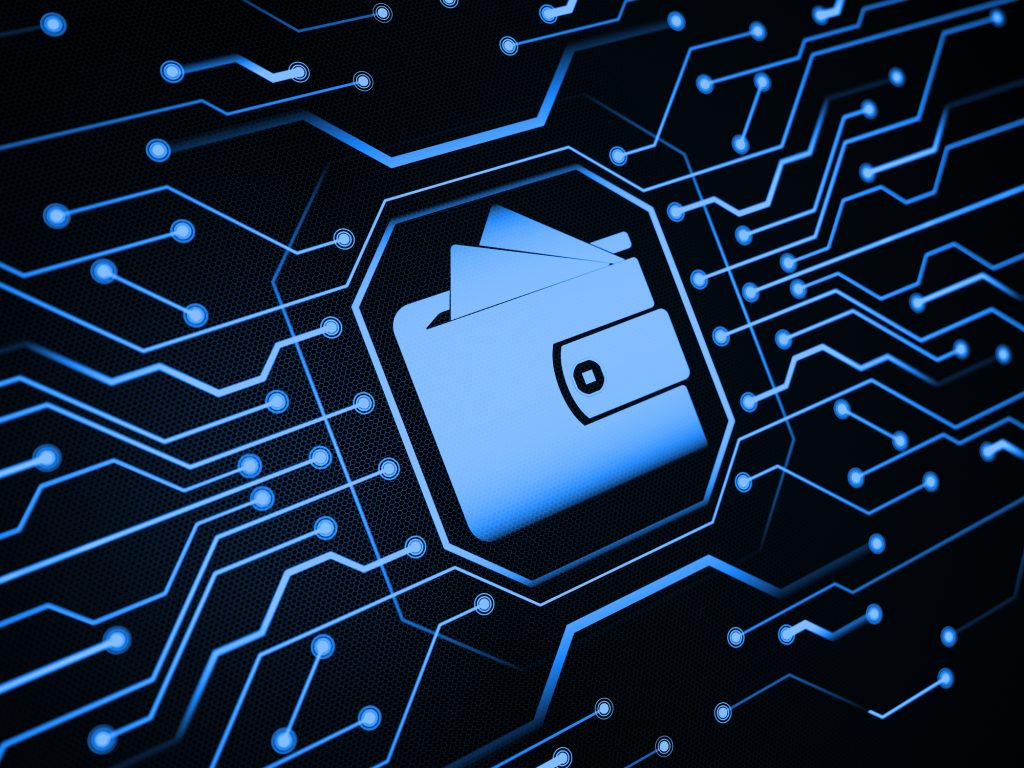In the world of decentralized finance (DeFi), where users have greater control over their funds and can participate in various financial activities without intermediaries, ensuring the security of one’s wallet becomes paramount. With the rising popularity of DeFi platforms, it’s crucial to understand and implement effective wallet security measures to protect user funds from potential threats. This article explores the importance of wallet security in DeFi and provides valuable insights into the best practices to safeguard your digital assets.
Introduction
As DeFi continues to revolutionize the traditional financial landscape, it introduces new challenges and risks. Unlike traditional centralized systems where funds are stored and managed by trusted entities, DeFi operates on decentralized networks, where individuals are responsible for safeguarding their own funds. This decentralization brings about increased autonomy and financial inclusivity, but it also necessitates a higher level of personal responsibility for securing one’s assets.
Understanding DeFi
Before delving into wallet security, let’s briefly understand what DeFi entails. DeFi refers to a collection of financial applications and platforms built on blockchain networks, primarily leveraging smart contracts. These decentralized applications (dApps) enable various financial activities, such as lending, borrowing, trading, and earning interest, without intermediaries like banks or financial institutions.
Importance of Wallet Security in DeFi
In the DeFi ecosystem, wallets serve as the gateway to accessing and managing funds. They store private keys that grant ownership and control over digital assets. Given the decentralized nature of DeFi, it’s crucial to prioritize wallet security to mitigate the risks of unauthorized access, theft, or loss.
Wallet Security Measures

To ensure the safety of user funds in DeFi, employing robust wallet security measures is essential. Let’s explore some of the recommended practices:
1. Strong Passwords and Two-Factor Authentication
Creating a strong and unique password is the first line of defense against unauthorized access. Avoid using easily guessable passwords and consider using a password manager to securely store and generate complex passwords. Additionally, enable two-factor authentication (2FA) whenever possible to add an extra layer of security to your wallet.
2. Hardware Wallets
Hardware wallets offer an offline, secure storage solution for cryptocurrencies. These physical devices store private keys and facilitate transactions offline, making them highly resistant to hacking attempts. By keeping your private keys offline, hardware wallets significantly reduce the risk of online vulnerabilities.
3. Multi-Signature Wallets
Multi-signature wallets require multiple parties to approve a transaction, providing an added layer of security. With multi-signature wallets, even if one private key is compromised, the attacker cannot execute transactions without the consent of other authorized signatories.
4. Cold Storage
Cold storage refers to storing private keys offline, typically on an air-gapped device or in a secure physical location. By keeping the keys offline, away from internet connectivity, the risk of unauthorized access or hacking is minimized. Cold storage is particularly useful for long-term storage of funds that are not actively traded.
5. Regular Software Updates
Wallet software providers often release updates to address security vulnerabilities and improve functionality. It’s important to stay vigilant and regularly update your wallet software to ensure you have the latest security patches and features.
6 . Avoiding Phishing Attacks
Phishing attacks are common in the crypto space, where malicious actors attempt to trick users into revealing their private keys or sensitive information. Be cautious of unsolicited emails, messages, or suspicious links. Always double-check the authenticity of websites and only use official channels to access your wallet.
Best Practices for Protecting User Funds
In addition to implementing specific wallet security measures, following these best practices can further enhance the security of user funds in DeFi:
1. Researching and Selecting Secure Wallets
Thoroughly research and choose wallets from reputable providers with a track record of security. Reading reviews and checking community recommendations can help identify trustworthy wallet options.
2. Keeping Software and Devices Secure
Ensure that your devices, including computers and mobile phones, are protected with up-to-date antivirus software and operating system patches. Regularly scan for malware and avoid downloading suspicious files or visiting insecure websites.
3 . Being Cautious with Private Keys
Private keys grant complete access to your funds. Safely store them offline, away from prying eyes. Consider using encryption or physical means, such as lockboxes or safe deposit boxes, to protect your private keys.
4. Diversifying Investments
Avoid putting all your eggs in one basket. Diversify your crypto holdings across different wallets and platforms to reduce the impact of potential security breaches.
5 . Staying Informed about Security Risks
Stay updated on the latest security trends and vulnerabilities in the DeFi space. Join online communities, follow reputable security researchers, and keep an eye on official announcements from wallet providers and DeFi projects.
Best Practices for Secure Transactions
When engaging in transactions within the DeFi space, it’s important to follow certain best practices to ensure the security of your funds. Consider the following tips:
1. Verifying Smart Contracts
Before interacting with a DeFi protocol or dApp, take the time to review and verify the underlying smart contract’s code. Look for audits, community reviews, and reputable sources that validate the security and functionality of the smart contract.
2. Utilizing Gas Fees Effectively
Gas fees are an integral part of DeFi transactions. To optimize cost and security, it’s crucial to set appropriate gas limits and prioritize transaction speed. Avoid rushing into transactions without understanding the fee structure, as this can lead to unnecessary costs or potential vulnerabilities.
3 . Limiting Exposure to Unfamiliar Protocols
While the DeFi ecosystem offers numerous opportunities, it’s advisable to exercise caution when exploring unfamiliar protocols. Thoroughly research and understand the functionality, security measures, and reputation of a protocol before committing significant funds.
4. Monitoring for Suspicious Activity
Regularly monitor your wallet and transaction history for any signs of suspicious activity. Keep an eye out for unknown addresses, unexpected transactions, or irregularities that may indicate a security breach. If you notice anything suspicious, take immediate action to secure your funds and report the incident if necessary.
Insurance Options in DeFi
As DeFi continues to evolve, the availability of insurance options has emerged to mitigate risks associated with potential hacks, vulnerabilities, or financial loss. Consider the following insurance-related aspects:
1. Understanding Insurance Coverage
Insurance protocols in DeFi offer coverage against various risks, such as smart contract exploits, hacking incidents, or fund loss due to system failures. It’s essential to understand the scope, terms, and limitations of the insurance coverage offered by different protocols before opting for insurance.
2 . Evaluating Insurance Providers
When choosing an insurance provider, thoroughly evaluate their track record, reputation, and the protocols they cover. Look for insurance options that are backed by reputable entities, have a transparent claims process, and offer reasonable premiums based on the level of coverage provided.
3. Assessing Risks and Balancing Costs
Evaluate your own risk appetite and assess the potential risks associated with your DeFi activities. Consider the balance between insurance costs and the level of protection provided. Insurance premiums may vary based on the protocols and coverage amount, so it’s crucial to find a suitable balance that aligns with your risk management strategy.
Ongoing Education and Awareness
In the ever-evolving world of DeFi, staying educated and aware of emerging security trends is vital. Consider the following practices for ongoing education:
1. Engaging in Community Discussions
Joining DeFi communities, forums, and social media groups can provide valuable insights into the latest security practices, vulnerabilities, and best practices. Engage in discussions, share experiences, and learn from the collective knowledge of the community.
2 . Following Security Researchers and Experts
Stay updated on the work of security researchers, experts, and reputable individuals within the DeFi space. Follow their blogs, social media accounts, and publications to gain insights into emerging security threats and recommended security measures.
3. Participating in Security Audits and Bug Bounties
For those with technical expertise, consider participating in security audits or bug bounties offered by DeFi projects. These initiatives allow individuals to identify vulnerabilities in smart contracts or protocols, contributing to a safer DeFi ecosystem while potentially earning rewards for their efforts.
Conclusion
Protecting user funds in DeFi requires a proactive approach to wallet security. By implementing robust measures such as strong passwords, hardware wallets, multi-signature wallets, cold storage, and staying informed about the latest security risks, users can significantly reduce the chances of unauthorized access and loss of digital assets. Remember, securing your wallet is a personal responsibility, and taking the necessary precautions is vital to ensure the safety of your funds.
With the increasing popularity of DeFi platforms, implementing robust wallet security measures is essential to mitigate the risks of unauthorized access, theft, or loss. By employing practices such as strong passwords, hardware wallets, multi-signature wallets, cold storage, and staying informed about security risks, users can significantly enhance the security of their digital assets. Additionally, practicing secure transaction habits, understanding insurance options, and prioritizing ongoing education and awareness further contribute to safeguarding user funds. Remember, in the rapidly evolving DeFi landscape, staying proactive and informed is key to maintaining the integrity of your assets and ensuring a secure financial future.






